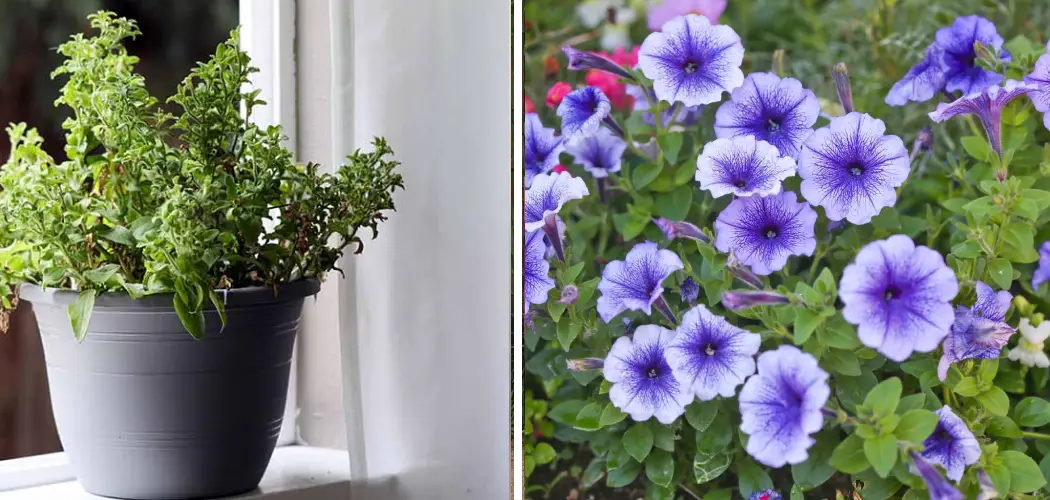Winter care for petunias is crucial to maintaining their year-round beauty and vibrant blooms. Petunias face numerous challenges as temperatures drop, such as frost and freezing conditions that can damage or even kill the plants. Ensuring that petunias survive through the winter requires a clear understanding of the specific needs of these delicate flowers. Gardeners in colder climates must be especially vigilant, as the harsh winter weather can lead to wilting, leaf discoloration, and other signs of cold stress.
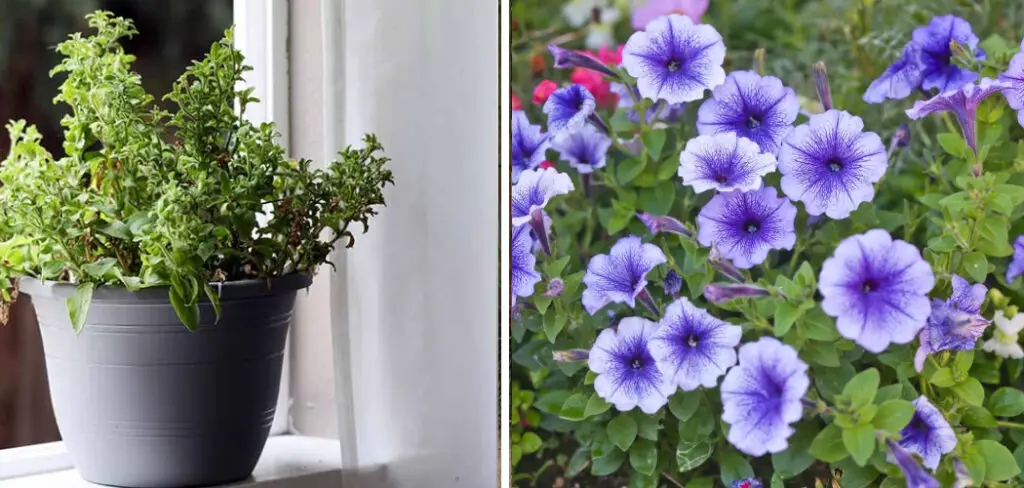
Various strategies must be employed to protect petunias from frost and cold temperatures, including assessing plant health, proper pruning, mulching, and even overwintering indoors. This document will provide valuable insights into how to keep petunias alive during winter, offering detailed methods for both indoor and outdoor care to ensure that your petunias continue to thrive and bring joy every season.
Understanding Petunias and Winter Hardiness
Petunia Varieties and Hardiness
Petunias come in annual and perennial varieties, significantly impacting their winter hardiness. Annual petunias complete their life cycle in one growing season and typically do not survive frost. In contrast, perennial petunias can live for multiple years, though many are only hardy in warmer climates.
Winter-hardy petunia varieties, like the Wave series, can tolerate colder temperatures better than their non-hardy counterparts. Identifying the type of petunia in your garden is essential to devising an effective winter care strategy. Knowing whether you have hardy perennials or tender annuals will guide your protection methods.
Impact of Cold Weather on Petunias
Cold weather can harm petunias, particularly frost and freezing temperatures. Frost can cause severe damage by creating ice crystals within plant tissues, leading to cell rupture and plant death. Freezing temperatures further exacerbate these conditions, inhibiting the plant’s ability to absorb water and nutrients. Common signs of cold stress in petunias include wilting, leaf discoloration, and browning of edges.
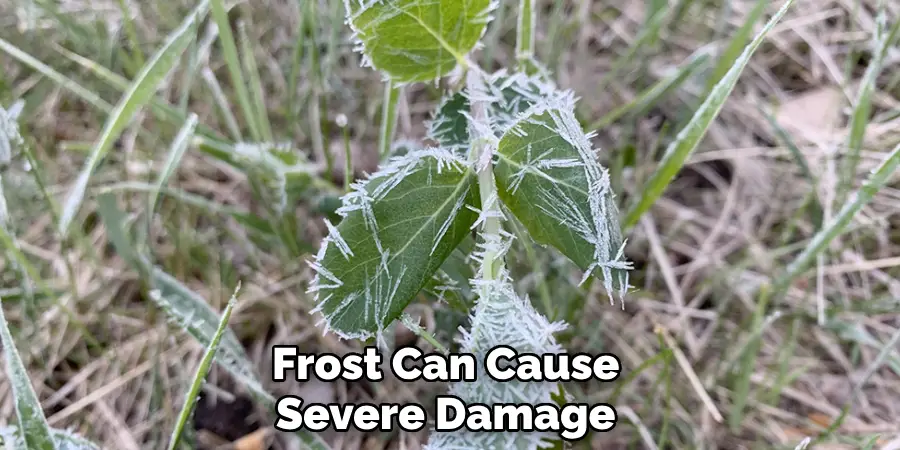
Recognizing these symptoms early is crucial for taking timely action. Implementing protective measures, such as covering plants or moving them indoors, can help mitigate the adverse effects of cold weather on petunias.
Preparing Petunias for Winter
Assessing Plant Health
Before winter sets in, it’s important to thoroughly inspect your petunia plants for any signs of pests, diseases, or general health issues. Look for aphids, spider mites, or other insects that can damage the plants, as well as fungal infections or other diseases that might weaken them. Treat any detected problems promptly using appropriate pesticides or fungicides to ensure that your petunias enter the winter season in optimal health. Healthy plants are more likely to survive the winter and bounce back vigorously in the spring.
Trimming and Pruning
Pruning is a vital step in preparing petunias for winter. Begin by cutting back any leggy growth that may have developed over the growing season. This helps to promote a more compact shape and makes it easier to manage the plants during the colder months. Additionally, trim away any dead or dying foliage, as well as any parts of the plant that appear diseased or damaged. By removing these parts, you reduce the risk of pests and diseases overwintering in the plant material, ensuring a healthier start when growth resumes in spring.

Mulching and Soil Protection
Applying a layer of mulch around petunia plants is an excellent way to insulate their roots against cold temperatures. Choose organic mulch materials such as straw, shredded leaves, or compost, which provide effective insulation while allowing air to circulate around the roots. This helps to maintain soil moisture and prevent root damage during winter.
How to Keep Petunias Alive During Winter: Overwintering Petunias Indoors
Transplanting into Containers
Transplanting petunias into containers before the onset of frost is a crucial step in overwintering these delicate plants. Begin by selecting appropriately sized containers that provide ample room for root growth and ensure proper drainage to prevent waterlogging. Use a well-draining potting mix to fill the containers, which encourages healthy root development and reduces the risk of rot. Dig up your petunia plants from the garden, carefully preserving as much of the root system as possible. Place the plants into the prepared containers and fill in around the roots with additional soil, firming it lightly to eliminate air pockets.
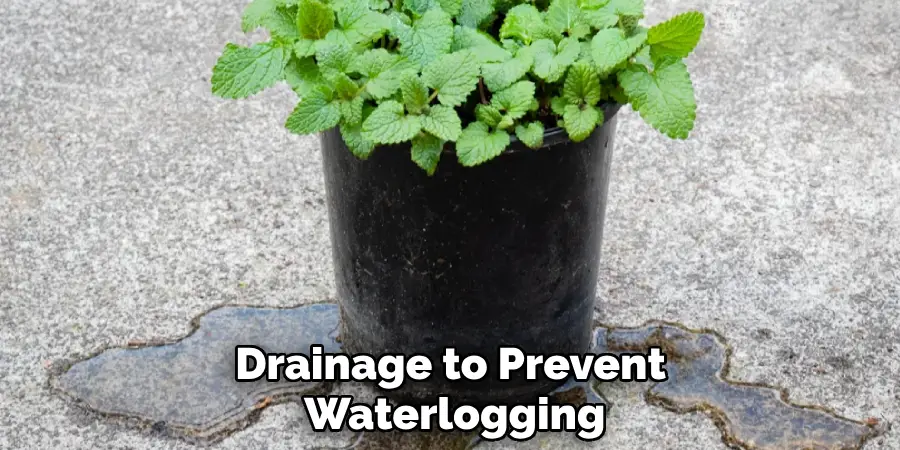
Indoor Location and Light Requirements
Once the petunias are securely potted, the next step is finding an ideal indoor location for them to thrive during winter. A cool, bright indoor setting, such as a south-facing windowsill, provides the light levels necessary for maintaining healthy growth. Light is a vital factor, as petunias require bright, indirect sunlight to prevent leggy growth and maintain their vibrant appearance. If natural light is insufficient, consider using supplementary lighting, such as grow lights, to keep your plants in optimal condition. Regularly rotate the containers to ensure even light exposure on all sides of the plants.
Watering and Humidity Control
Watering needs for petunias decrease during the winter as their growth rate slows. It is important to adjust the watering frequency to meet the reduced needs of overwintering plants, ensuring that the soil remains slightly moist but not waterlogged. Overwatering can lead to root rot and other issues, so constantly monitor soil moisture levels and allow the top layer of soil to dry out between waterings. Additionally, indoor air can often be dry during the winter months, so consider placing a humidity tray or a humidifier nearby to maintain an appropriate humidity level, promoting healthier growth and reducing the risk of fungal diseases.
How to Keep Petunias Alive During Winter: Outdoor Protection Methods
Covering Plants
One of the most effective outdoor protection methods for petunias during cold weather is using covers to shield them from frost. Frost cloths, blankets, or plastic covers can be draped over the plants to create a barrier against the cold. It’s crucial to secure these covers to prevent them from being blown away by the wind while allowing some air circulation to avoid suffocating the plants. Ensure the covers rest above the foliage without compressing it, and lift them during the day to let sunlight reach the plants, replacing them before nightfall to protect against frost.
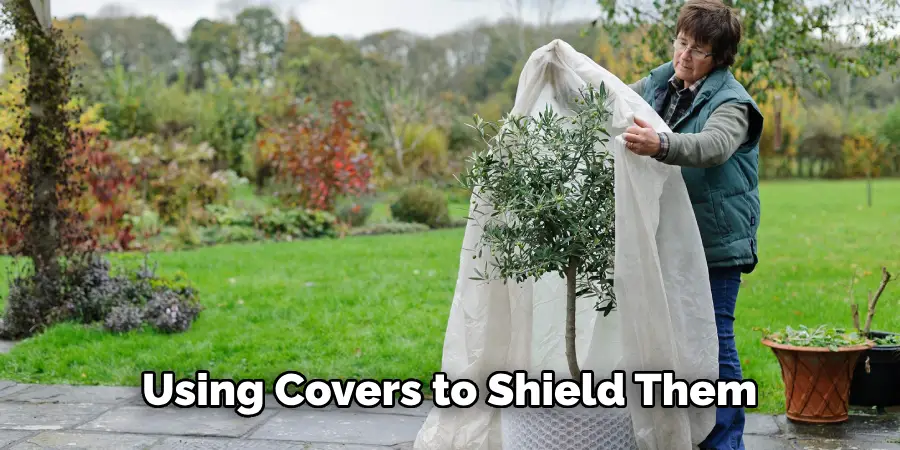
Creating Microclimates
Creating microclimates can significantly help mitigate the impact of cold weather on petunias. Positioning the plants near heat-retaining surfaces like walls, fences, or large rocks provides additional warmth during chilly nights. Setting up windbreaks, such as using garden structures, hedges, or even temporary barriers made from cloth or plastic, can reduce the plants’ exposure to cold winds. These structures help retain warmth and moisture around the petunias, offering better protection against the elements. By strategically placing your plants, you can create a more favorable microenvironment supporting their winter health.
Heating and Insulation
Consider using supplemental heating sources like light bulbs, heat lamps, or small heaters within makeshift greenhouses for additional protection. To avoid damage, ensure these heating devices do not come in direct contact with the plant foliage. Proper insulation and controlled heating can provide a stable, warm environment for your outdoor petunias.
Monitoring and Maintenance
Regular Inspections
Regular inspections are essential for ensuring the health and well-being of your petunias during the winter months. By checking your plants weekly, you can promptly identify and address any signs of stress, frost damage, or pest infestations. Look for discolored leaves, wilting, or other abnormal changes in appearance. Early detection of issues allows for immediate corrective measures, such as moving the plants to a more protected location, adjusting watering practices, or applying appropriate pest control methods. Consistent monitoring helps maintain the overall health of your petunias and ensures they are ready to thrive come spring.
Winter Watering
Watering petunias sparingly during winter dormancy keeps them from dehydrating without promoting excessive moisture that could lead to root rot. Adjust watering frequency based on the temperature and humidity levels, whether they are indoors or outdoors. For outdoor petunias, ensure the soil remains just slightly moist by feeling the top inch of soil and watering only when it has dried out. Indoor plants generally require less water due to lower evaporation rates, so watering intervals should be reduced accordingly. Maintaining the right balance will help your petunias survive the winter and emerge healthy in the spring.
Revitalizing Petunias for Spring
Spring Preparation
As spring approaches, it’s crucial to gradually acclimate your indoor overwintered petunias to outdoor conditions. Start by placing them outside for a few hours each day, gradually increasing their time outdoors over a week or two. This process helps the plants adjust to the changing temperatures and sunlight intensity. Keep a close eye on weather forecasts during this period to avoid exposing the petunias to late frosts, which can harm their recovery and growth.
Pruning and Feeding
In early spring, inspect your petunias and prune back any remaining dead growth or leggy stems to encourage bushier and healthier growth. This pruning helps stimulate new shoots and prepares the plants for the upcoming blooming season. After pruning, feed the petunias with a balanced fertilizer, such as a 10-10-10 mixture, to provide essential nutrients for vigorous new growth and abundant flowering. Regular feeding throughout the growing season will keep your petunias vibrant and healthy.
Conclusion
Successfully knowing how to keep petunias alive during winter involves several key strategies that ensure their survival and health. From adjusting watering and humidity levels to implementing outdoor protection methods like covering plants, creating microclimates, and using supplemental heating, these practices are crucial for winter care. Regular inspections and proper watering are essential to monitor plant health and avoid potential issues like root rot.
As spring approaches, gradually reintroducing the petunias to outdoor conditions, along with pruning and feeding, prepares them for a vigorous blooming season. By applying these outlined practices, you can confidently maintain your petunias year-round, reaping the rewarding results of beautiful, healthy plants. Maintaining diligent care through the colder months will ensure that your petunias carry their vibrant beauty and enchanting blooms into the spring, providing continuous joy and aesthetic pleasure in your garden or living space.

